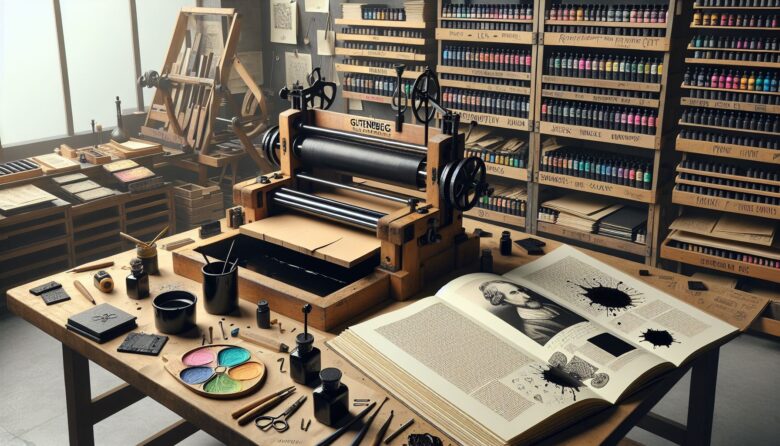Introduction
In today’s digital age, where everything seems to be done on screens and devices, there is still a sense of satisfaction and importance in holding a physical piece of printed material in your hands. From business cards to brochures, flyers to banners, the world of printing products offers a wide range of options for individuals and businesses alike. In this blog post, we will explore one particular printing product that often goes unnoticed but plays a crucial role in our daily lives – envelopes.
Body
Envelopes are a staple in our mailboxes, offices, and homes. They are used to enclose letters, documents, invitations, and more, providing a protective covering for their contents. Despite their seemingly simple purpose, envelopes come in a variety of sizes, styles, and materials, each designed for different needs and preferences.
One of the most common types of envelopes is the standard #10 envelope, typically used for mailing letters and invoices. These envelopes are rectangular in shape, with a standard size of 4.125 x 9.5 inches, making them ideal for fitting a standard piece of paper folded into thirds. The #10 envelope is often made of white or off-white paper and can be customized with a company logo, return address, or other design elements to make it stand out.
For businesses looking to make a statement with their mailings, custom printed envelopes are a great option. These envelopes can be printed in full color with unique designs, images, and text, making them eye-catching and memorable. Custom printed envelopes are perfect for marketing campaigns, special events, or simply adding a professional touch to your correspondence.
In addition to standard and custom envelopes, there are also specialty envelopes available for specific purposes. Window envelopes, for example, have a transparent window that reveals the recipient’s address, eliminating the need to print or write it on the envelope. This type of envelope is commonly used for mailing invoices, statements, and other documents that need to show the recipient’s address.
Another type of specialty envelope is the padded envelope, also known as a bubble mailer. These envelopes are lined with bubble wrap or foam padding to protect fragile or valuable items during shipping. Padded envelopes come in various sizes and styles, making them a versatile option for sending anything from jewelry to electronics.
Envelopes can also be made from different materials, such as paper, cardstock, or even recycled materials. Paper envelopes are the most common and cost-effective option, while cardstock envelopes offer a more durable and professional look. Recycled envelopes are eco-friendly and sustainable, making them a great choice for environmentally-conscious individuals and businesses.
When it comes to sealing envelopes, there are several options available, including gummed, self-seal, and peel and seal closures. Gummed envelopes require moistening the adhesive strip before sealing, while self-seal envelopes have a peel-off strip that sticks to the envelope when pressed. Peel and seal envelopes have a removable strip that reveals a sticky adhesive, making them quick and easy to seal without the need for additional moisture.
Conclusion
Envelopes may seem like a small and insignificant part of our daily lives, but they play a crucial role in communication, marketing, and organization. Whether you’re mailing a letter, sending a package, or promoting your business, the right envelope can make all the difference. With a wide range of sizes, styles, and customization options available, envelopes offer endless possibilities for creating a memorable and impactful impression. So next time you reach for an envelope, take a moment to appreciate its importance and versatility in our interconnected world.



